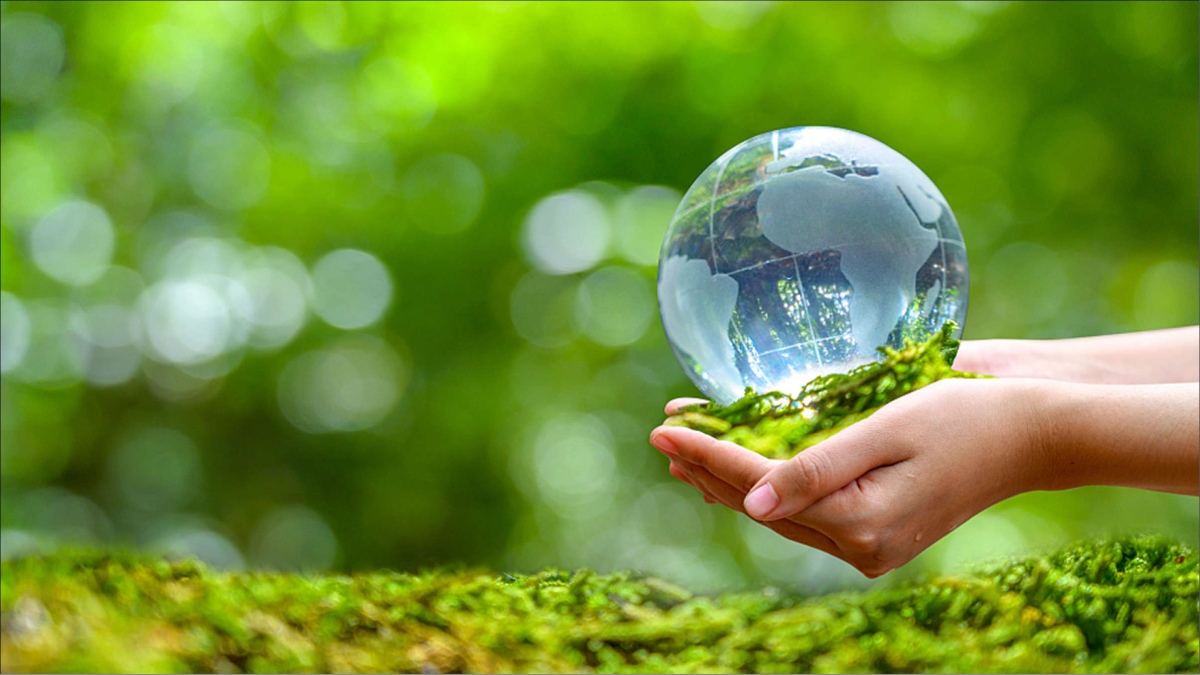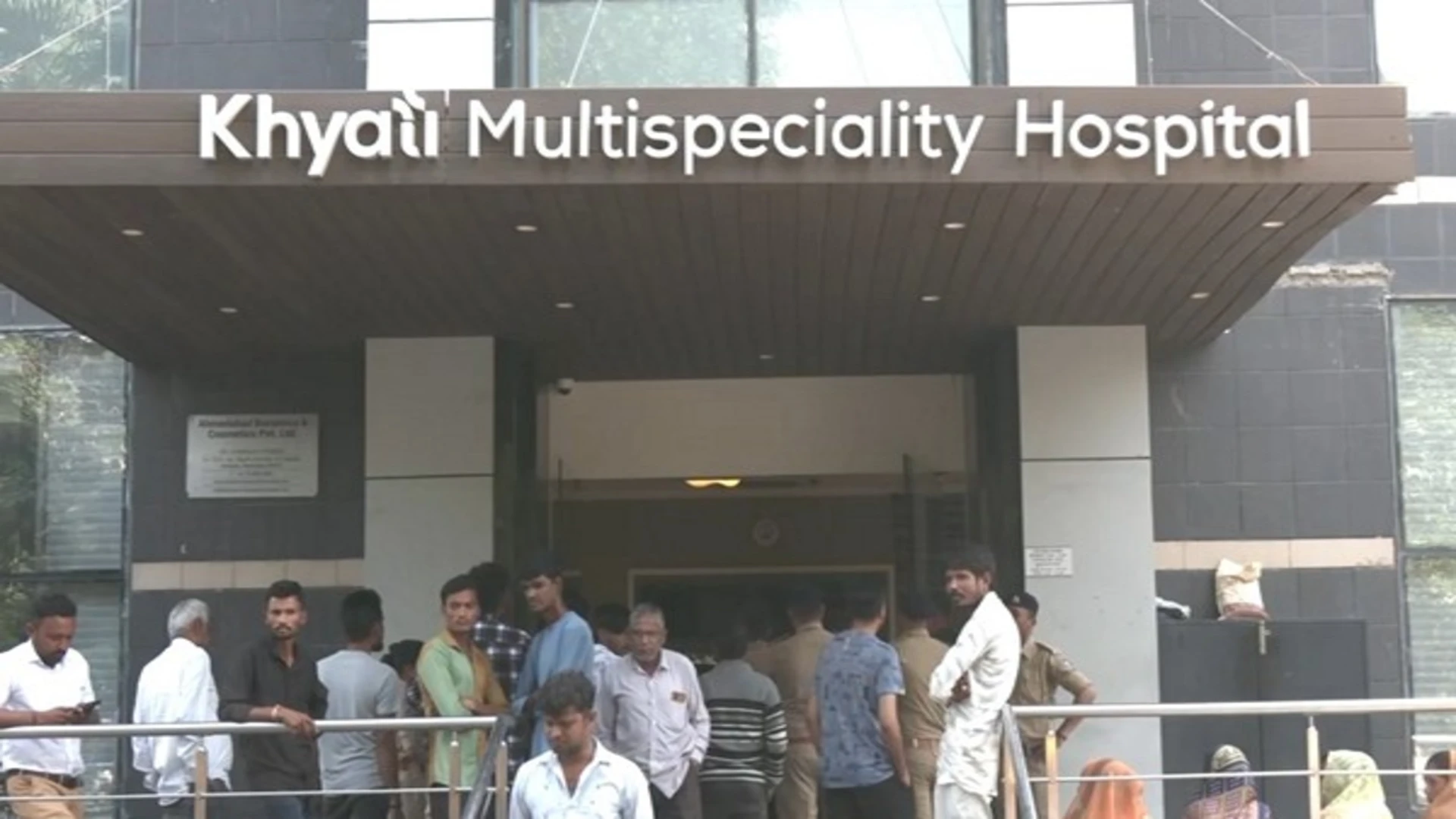
What are the concepts of quality of life, its ingredients and inclusion of natural resources as one of the major indices influencing it?
At the World Institute for Development Economics Research (WIDER), Helsinki in July 1988, Professors Martha Nussbaum and Amartya Sen organized a conference to deliberate upon issues like what was meant by ‘quality of life’, and the requirements in terms of social policy for improving it. The conference in Helsinki suggested, as contrasted with conventional usage of crude measure of per capita income as indicative of human welfare, that we should instead measure people’s capabilities, that is, whatever they are able to do and that too in different areas of life.
Since then there has been increasing acceptance about a person’s life as a combination of various doings and beings, which can be generically called functioning. Adequate nourishment and being disease-free are elementary matters for a person while there are more complex, such as having self-respect, preserving human dignity, taking part in the life of the community, and so on. The capability of a person corresponds to the freedom that he has to lead one kind of life or another. This is a sophisticated and all-encompassing definition of quality of life which implies expansion of human capabilities.
Helsinki conference introduced economists and policy makers to an important way of looking at the issue of improving quality of life with a view to encourage awareness. It is unfortunate that economic growth models that we rely on miserably fail to recognize our dependence on Nature. Though quality of life and natural resources are incontrovertibly correlated, the significance of this correlation did not dawn upon the organizers at Helsinki. That was to happen later in terms of what came to culminate into Sustainable Development Goals (SDGs).
When we ponder over quality of life of a nation or its people, we come across questions involving, inter-alia, the distribution of available resources and how they affect people’s lives. One has to know about indices like life expectancy, health care, medical services, education, etc: both nature and quality. Though goods and services are essential for expansion of capabilities of people, their value rests on what people can do with these. There are complex decisions public policy must make, for example, concerning health, and the distribution of the goods connected with health. The assessment of women’s quality of life is a significant area in developing world. A commonly perceived view is that a lifetime of deprivation and lack of education can play havoc with women’s desires which can get restricted and warped and thus one usually observes a very large gap when it comes to woman’s actual ability to function in a variety of ways.
In discussions and deliberations about quality of life, nature has all along remained external to it. Of late, economists have started providing new perspectives on the role of natural resources in economy. Economists identify three categories of assets that can be called capital goods: produced capital, human capital and natural capital. The sum of the accounting values of a society’s capital goods is known as inclusive wealth. By inclusive wealth it implies not only the accounting price of produced capital and human capital, but also of natural capital. Our mismanagement of global portfolio of these capitals over last so many decades has cost us dearly and shown us the virtuous path where our interaction with nature at all levels is accounted for and properly documented for various purposes: one being independent verification. SDGs (2015) harp on this novel approach which is clear from identified seventeen goals. We get a glimpse of produced capital, human capital and natural capital in these goals.
Since in India, Sustainable development goals are fulfilled by the State Governments through their own budget or by way of transfer of funds by Government of India as Grants-in-aid, question may arise if the amount of budgetary allocations pertaining to these goals and expenditure incurred against these during specific period, in a particular state can be ascertained and how. It involves issues of mapping. Finance and Appropriation Accounts of the States may prove to be useful documents that may facilitate mapping Sustainable Development Goals (2015) which deal with tackling the issues of natural resources and thereby the role played by the State Governments in achieving these goals may be brought out in terms of financial achievements.
Here, apart from the august institution of CAG of India, social scientists, economists, financial experts and the ilk with the task of carrying out impact analysis and evaluation have a seminal role in estimating the adequacy of budgetary allocations to enhancement or impairment of quality of life. This way the role various state governments discharge in building natural capital and its contribution to quality of life can be assessed.
Once mapping exercise taking into account all involved major heads is completed in respect of concerned SDGs connected with natural resources, next step may involve an in-depth, comprehensive assessment of budgetary allocations and money expended; efficacy, efficiency and economy of expenditure incurred, and impact of these on quality of life of people (the target group).
While, if we treat natural resources as a form of public goods, what will be more important to know is varied ownership of improved supply rather than total improved supply in consequence of investments in SDGs. Fundamental strategy may involve making forays into relationship between money expended and, its impact on natural resources related SDGs and finally the impact of both on quality of life keeping in view goal indicators and targets. Such an assessment apart from having an educative/corrective value particularly when the country is midway its journey towards 2030, will also show if various state governments are working in tandem with the Union government to achieve national implementation of SDGs.
K. K. Srivastava is a former Additional Deputy CAG, a poet, writer and columnist. His fifth book: The Descent: Essays and Critiques (2010-2021) was released in January 2022.















